9 Simple Tips to a Robust Recruitment Process

Taking the time to plan your recruitment process is key to finding the right person for your role. In the Construction & Engineering industry, skills can be in short supply and you need to ensure that you can move as quickly and efficiently as possible to find the person with the right mix of skills and characteristics for the job.
Outlined below are nine simple tips for you to follow to ensure that you get the most from your recruitment process.
1) Review the problem and available options
The first step is to decide why there is a need to recruit for the role and whether it makes financial sense to fill the position. In most cases this will be very clear (for example if a key employee leaves their position) but in others it might be more complex.
For example, could someone internally be moved into the vacancy? This can be a great option for employee development and morale and will also ensure that you have someone in place that already understands the organisation and its culture. An added bonus is that finding someone to replace the employee you’ve just promoted can prove to be easier than hiring externally for the initial vacancy.
You might also consider whether you need a to engage a contractor while searching for a permanent appointment, particularly if the workload is too much in the interim. If this is something you’re looking at doing, click here for a few things you need to know before engaging a contractor.
2) Identify the requirements and skills needed
You will need to get an in-depth understanding of the role and the requirements that are needed. If an employee is leaving their position, consider how the role might have changed since the job was last vacant. If it’s been a number of years, the role might have evolved and you may find that the requirements are different.
Describe the job duties, skills, responsibilities and level of experience your ideal candidate will have, and from that build the job description. Writing a good job description can help to clarify the requirements of the job for everyone and will also set expectations for managing performance moving forward. It’s important to be realistic with your expectations as this will help reduce the number of unsuitable applications you will have to sort through.
For further details on how to write an effective job description, take a look at our guide, here.
3) Understand the market
Whether you hire frequently or not, it’s important to keep up to date with market insights. What is the availability of talent on a permanent and temporary basis? Are the skills you require in demand? Are there candidates elsewhere that could be considered? This will help you to anticipate how your recruitment drive might go.
Remuneration is a big consideration, and in order to attract the right candidates you will need to be competitive. What is the market rate? Can you pay enough? What you were paying your previous employee could now be below the market rate, or the role could now attract different bonuses or benefits that you previously didn’t need to include.
Another point to consider is how attractive you are as an employer. What can you offer candidates? Why would they want to work for you? Be an employer of choice and ensure that you plan to communicate why you are a great company to work for and what you can do for a potential employee.
Your recruiter, peers and employees will also be able to give you insights that would be highly beneficial for your recruitment needs and succession planning.
4) Plan your talent sourcing strategy
To create a pool of candidates, you will need to consider what your talent sourcing strategy is. There are lots of options and your research above can help you choose the most appropriate recruitment channel. You will need to be realistic when deciding whether to manage the recruitment drive internally or if you would benefit by engaging a third party to assist.
The main options to consider are:
1) Internal recruitment
Spreading the word about a role internally can be hugely positive. You might have an existing employee who would be ideal for the role and your team members might be able to recommend excellent candidates. This approach can save on cost, but you might find that the pool of candidates is small.
2) Job adverts
Your company website, LinkedIn and online job boards (of which there are many) are great places to advertise. Writing a good job advert is key and you will need to ensure that you advertise where your target audience will look. The cost will vary depending on where you advertise. Depending on your role and campaign you might find that you attract a large number of candidates or not enough, and that the suitability of those candidates might very.
3) Recruitment agency
A recruitment agency will often have suitable candidates on their database and once they are briefed on the role, they will manage the initial recruitment screening on your behalf. Although this might appear to be the most costly way of recruiting, when you consider how much time it takes to hire the right person, it can certainly save you time and money in the long run.
RobLawMax’s Trent Clulow gave his insights on recruitment strategy, and how it can affect your brand, here.
5) Review applications
The next step is to do an initial screening of your applications so that you can shortlist candidates to progress to the next stage. We recommend reviewing applications using an applicant checklist (download here), which compares the candidate’s skills and experience to the requirements listed in the job description.
It is crucial, however, to remember that cultural fit and potential (which can’t be assessed on paper) are important and can sometimes outweigh qualifications or current skills.
6) Interview
An interview is a crucial part of the hiring process. A good interview will help you decide if a candidate is suitable and will also help keep them engaged throughout the process.
You will need to ensure that you adopt a structured and concise approach that assesses every candidate in exactly the same way. Think about who will be interviewing the candidates, how many interview stages there will be and what questions are relevant to ask.
Read more about getting the most from your interviews here.
7) Reference & Test
If appropriate, it’s beneficial to test your candidate as part of the interview process. This can be a great way to prove that they are capable of the position.
Another invaluable step is to ensure that you have their referee details and ideally are able to speak to their previous manager. You can use this as an opportunity to get answers to any questions that you have about the person.
8) Offer
During the hiring process, be sure to check what the candidate’s salary expectations are as this can change, depending on what other offers they might be looking at.
When you make your offer, make it as attractive as possible by presenting all aspects and highlighting the non-financial benefits too. If you have engaged a recruiter, they will help to ensure that your offer stands out.
Additionally, ensure that you prepare the candidate for a possible counter-offer, which can be common in our sector.
9) Notice & Onboarding
Once your offer has been accepted, it’s time to start bringing your new employee on board. It’s likely that they will be working a notice period and if so, it’s important to ensure that you keep in touch during this time to avoid any possible problems that could arise.
Plan their onboarding, as when they’re ready to start you need to introduce them to the team, their workspace and the company culture. It is also likely that you may want to go over projects and expectations for the coming months. Once they have been shown the basics and an introduction to your company, you will need to train them on any new job related tasks that they will be responsible for.
The sooner a new employee feels part of the company and valued amongst their peers, the sooner you will see the benefits of their employment. You can read more about how to effectively onboard employees in our guide to onboarding, here.
Summary
Hiring a new employee is an important decision and making the wrong decision can prove to be costly and detrimental in the long term. Take the time to plan your recruitment process and you will certainly benefit from it.
If you would like to discuss any part of your recruitment process or are looking for the best talent in the construction and engineering sector, feel free to contact us here at RobLawMax.








